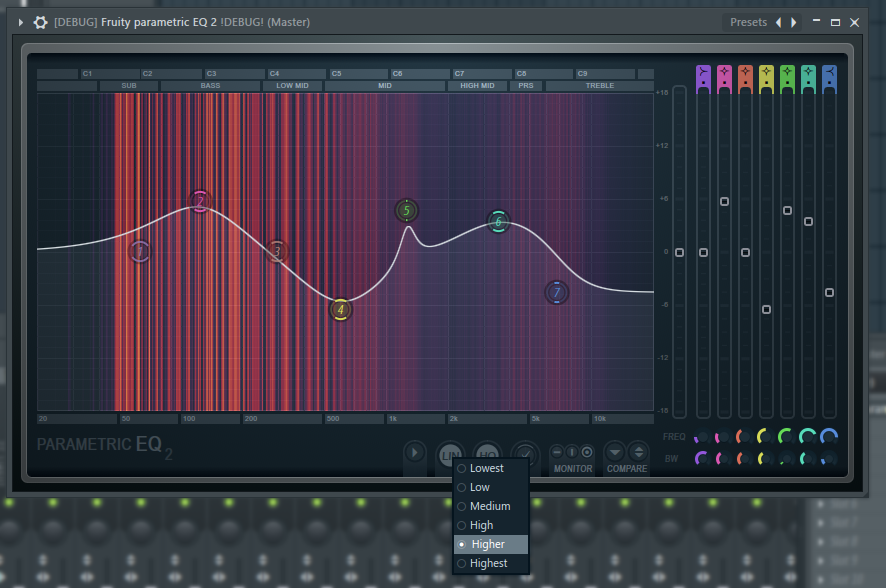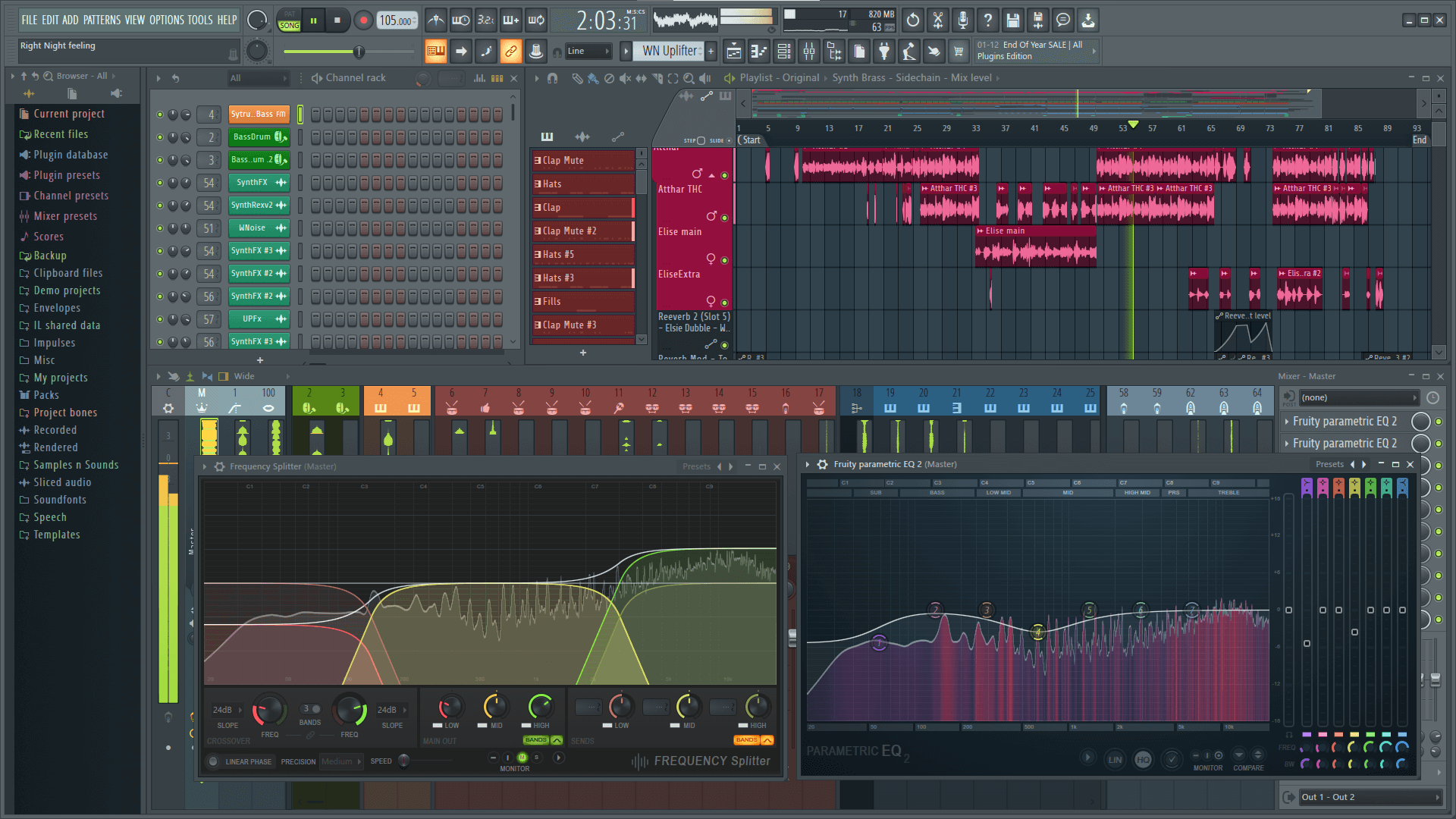

The filter’s gain value is more-or-less static though unless you enable GTE mode, which will use a gate, so the filter will only be active when the threshold is crossed giving you even further control.įor example, when I use the SurferEQ to carve space out of a pad for a vocal. You have global controls for the pitch tolerance, pitch threshold, “surf time” which is how long the filter takes to move to the new pitch, as well as attack and recovery times. This makes SurferEQ 2 great for precision when you are mixing similar sounds and want one to always stand out.

There are 5 main filters which can cover all the main harmonics (3, 5 ,7, 9) and the fundamental.

You can turn on the “Surf” function to follow the incoming audio’s pitch and you can choose which harmonic too. That means the filter nodes follow the incoming pitch of a signal instead of the volume. Surfer EQ, instead of responding to gain values, responds to pitch. SurferEQ 2 is a different type of dynamic EQ than that in Neutron 2’s EQ when set up for external sidechaining. Alright? Now that we have basics out of the way, let’s check out some great dynamic EQs. External mode listens to a different sound source and makes cuts or boosts the audio. Internal mode listens to the sound source itself de-essing is a common application for this as an example. They react to internal or external sources. So instead of just a frequency node, gain, Q, and filter types we have additional tools like threshold, attack and release which can drive those EQ parameters. An EQ that cuts, boosts, or shapes the sound depending on what is being fed into it. It “reacts” to incoming signals to boost, attenuate and shape sounds being fed through it dynamically.Ī dynamic EQ takes the best of both worlds and combines them in one place. It boosts, cuts and shapes incoming frequencies in a linear fashion. If you already know about these concepts, feel free to skip ahead. What Is A Dynamic EQ?įirst, we should talk a little bit about EQs, compressors and dynamic EQs. Don’t worry if some of the bigger names aren’t in the budget right now, I have two free ones for you as well! Here’s my run-down of some of my favorite Dynamic EQs and a little bit about each of them.

I’ve been fortunate enough to have had hands-on experience with many high quality EQs with some sort of dynamic capability or another over the years, so I wanted to share with you my favorites. They are for when the hard, static filter cuts and boosts won’t suffice. I use them all the time for precision mixing.


 0 kommentar(er)
0 kommentar(er)
